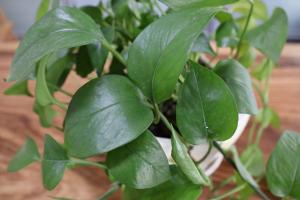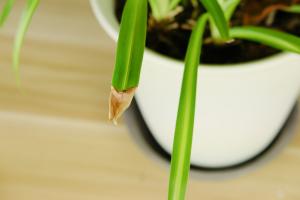When to Plant Brown Top Millet for Doves
Planting brown top millet for doves is a popular practice among bird enthusiasts and hunters. Doves are attracted to this type of millet, which is a nutritious source of food for them. Brown top millet is easy to grow and maintain, making it an ideal crop for backyard gardens and farmlands. However, timing is crucial when it comes to planting brown top millet for doves. In this article, you will learn when to plant brown top millet for doves and how to care for it.
Planting Time
The best time to plant brown top millet for doves depends on where you live and the climate in your area. Typically, you should plant brown top millet in the spring or summer, when the weather is warm and there is plenty of sunlight. This will help the millet grow quickly and produce a good crop for doves to feed on.
If you live in a warmer climate, such as the southern United States, you can plant brown top millet as early as March or April. In colder climates, such as the northern United States, you should wait until May or June, when the soil has warmed up and the danger of frost has passed.
In general, you should aim to plant brown top millet when the soil temperature is above 65 degrees Fahrenheit. This will help the seeds germinate quickly and grow into healthy plants. You can use a soil thermometer to check the temperature of the soil before planting.
Planting Conditions
Before planting brown top millet, you should choose a location that receives plenty of sunlight and has well-draining soil. Doves prefer to feed on millet that is grown in open fields or clearings, so try to plant your millet in an area that is easily accessible to birds.
When planting brown top millet, you should prepare the soil by tilling it to a depth of at least six inches. This will help loosen the soil and allow the roots of the millet to grow deep into the ground. You should also add fertilizer to the soil to provide your millet with the nutrients it needs to grow.
Once you have prepared the soil, you can plant your brown top millet by scattering the seeds over the surface of the soil. You should then cover the seeds with a thin layer of soil, no more than ? inch deep. Water the soil immediately after planting, but avoid over-watering, as this can cause the seeds to rot.
Care and Maintenance
Once your brown top millet has sprouted, you should water it regularly to keep the soil moist. As the plants grow, you should also fertilize them once a month to ensure they receive the nutrients they need to thrive.
If you notice any weeds growing around your brown top millet, you should remove them immediately, as they can compete with your millet for nutrients and water. You should also monitor your millet for signs of pest infestation, such as damaged leaves or stems. If you notice any pests, you should treat your millet with a pesticide to prevent further damage.
Harvesting
You can harvest your brown top millet when the seed heads have turned brown and the seeds inside are fully mature. To harvest the millet, you can simply cut the seed heads off the plants with scissors or shears. You should then allow the seed heads to dry out completely before storing them.
Once your brown top millet has been harvested, you can scatter the seeds on the ground or in a bird feeder to attract doves and other birds to your property. Brown top millet is an excellent source of food for birds, and by planting it in your garden or on your farm, you can help support the local bird population.
Conclusion
Planting brown top millet for doves is an enjoyable and rewarding activity that can benefit both you and the birds in your area. By following these planting and care tips, you can ensure that your brown top millet grows into healthy, nutritious plants that attract doves to your property. Remember, timing is crucial when it comes to planting brown top millet, so be sure to plant your seeds at the right time of year for your climate.

 how many times do yo...
how many times do yo... how many planted tre...
how many planted tre... how many pine trees ...
how many pine trees ... how many pecan trees...
how many pecan trees... how many plants comp...
how many plants comp... how many plants can ...
how many plants can ... how many plants and ...
how many plants and ... how many pepper plan...
how many pepper plan...
































